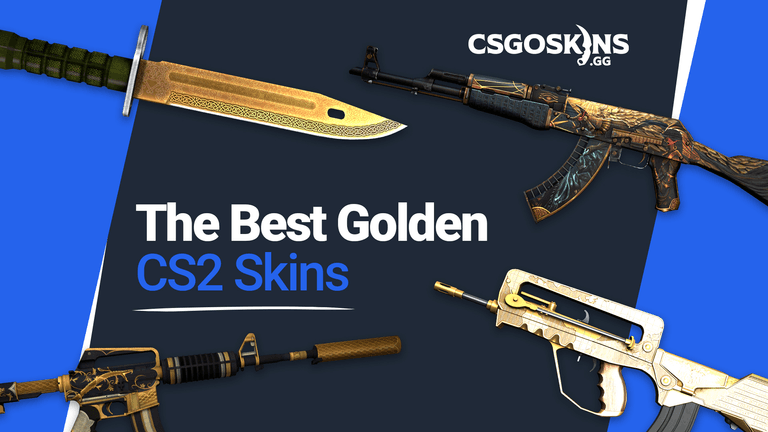Factors That Affect The Value Of CS2 Skins
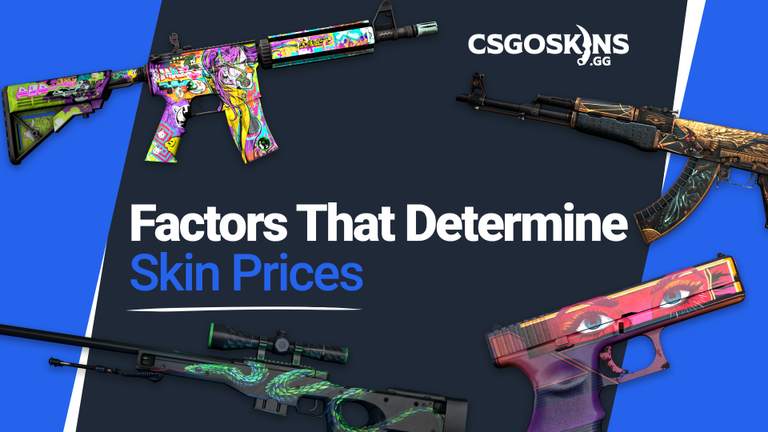

In 2013, Valve released the Arms Deal update to CS2 which introduced an exciting variety of weapon finishes and knives into the game, among other things. These decorative weapon and knife “skins” provide the owner with no competitive advantage over other players, and are purely cosmetic items. Despite this, the addition of weapon skins became massively popular amongst the community. The volume of skins being bought and sold on the community market skyrocketed as people rapidly spent more money buying and opening cases in the hopes of striking it lucky and landing a rare skin.
Nine years later the CS2 skin economy is at an all-time high. With sought-after gun skins reportedly selling for hundreds of thousands of dollars, the global gamer community is gradually starting to realize the massive potential of this market. But what could possibly make a purely cosmetic in-game item worth so much money? Here we explore some of the main factors that affect the value of CS2 skins.
The Float Value Or Wear Condition
Every skin that is generated for CS2 is randomly assigned one of five general wear conditions (how worn out it looks when applied to a gun or knife in the game). A precise wear value is also assigned to the skin ranging between 0.00 and 1.00 which is referred to as the skin’s float value. Items with a lower float score look less visibly worn. For example, a skin in “field-tested” condition can have a float value from 0.15 (a little worn) up to 0.38 (much more worn). All skins are therefore given a condition rating and within that a float value.
Bad Float Values Can Be More Desirable
Generally speaking, players are more drawn to skins that look less visibly worn, and thus in most cases the better the wear condition and float value of a skin, the higher the price will be. However, this is not automatically true in all cases. For example, an AWP Asiimov with a wear condition of “battle-scarred” and a float value of 0.90 or higher costs significantly more to purchase than an AWP Asiimov in “field-tested” condition with a float value of 0.33. This is because at an abnormally high float, the skin paint on the scope of the weapon has been scratched so much that it is blacked out entirely, which some people find more desirable than a regular scope on this specific skin.
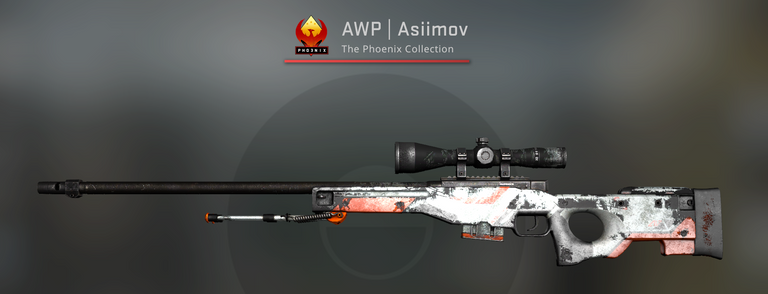
Finish Styles Are Affected Differently By Wear
There are also many different finish styles that can be used to apply decoration to a weapon skin, all of which are visually affected differently by wear conditions. Skins created using the “gunsmith” finish style, for example, are more durable and less affected by wear, with only slight darkening visible in highly worn conditions.
In contrast, the designs and graphics of skins made using the “custom paint job” finish style will visibly deteriorate faster as the condition gets worse. For this reason, the prices of skins made with more resilient finish styles will generally be more expensive, and the range between the highest and lowest prices on a skin in a resilient finish style will be far smaller than skins made with other finish styles. It should be noted that using any skin will not affect its wear value or visual wear over time.

The Pattern Template
Similar to the “float values” described above, each skin is randomly assigned a “pattern template number” ranging from 0 to 999 when it is generated. This number will determine what part of the skin’s entire texture pattern will be applied to the weapon.
When it comes to varying pattern numbers, most skins show no visual change, and the pattern stays the same for all numbers. Some skins, however, will have significant visual changes from each other according to pattern number. This is because some skin’s texture patterns are larger than others, allowing for more variety in the pattern itself because it is bigger. The Fade and Case Hardened skins are the most important ones when it comes to pattern differences.
Fade Patterns
Some pattern numbers are seen as more desirable by certain players because they have a unique feature that most other pattern numbers of that same skin do not possess. For example, a Bayonet Fade with a pattern number of 34 is considered a “100%” or “full fade” pattern because the gradient of the fade completely covers the blade of the weapon. This skin would sell for a significantly higher price than a Bayonet Fade with a pattern number of 35 because it is 90% fade, doesn’t cover the entire weapon, and is, therefore, less desirable.
Here’s a 90% Fade Bayonet with the pattern 35:

And for comparison, here’s a 100% Fade Bayonet with the pattern 34:

Case Hardened Patterns
The Case Hardened skins also depend strongly on their pattern template. There are so-called “blue gem” patterns that have a fully (or almost fully) blue playside. The pattern number 387 for the Karambit Case Hardened is such an example.
Here’s a “regular” Karambit Case Hardened with the pattern 304:
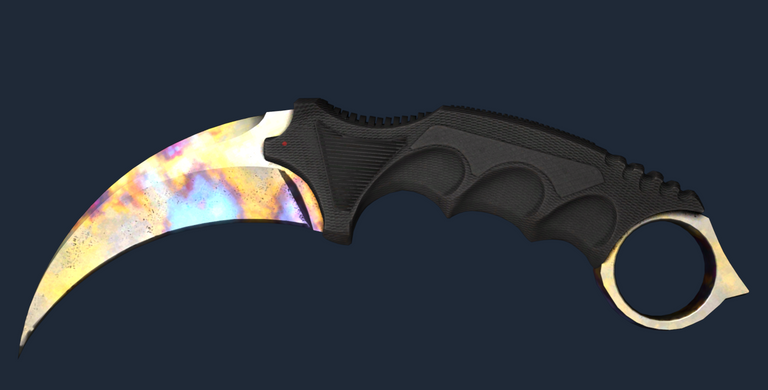
And for comparison, here’s a Blue Gem Karambit Case Hardened with the pattern 387:
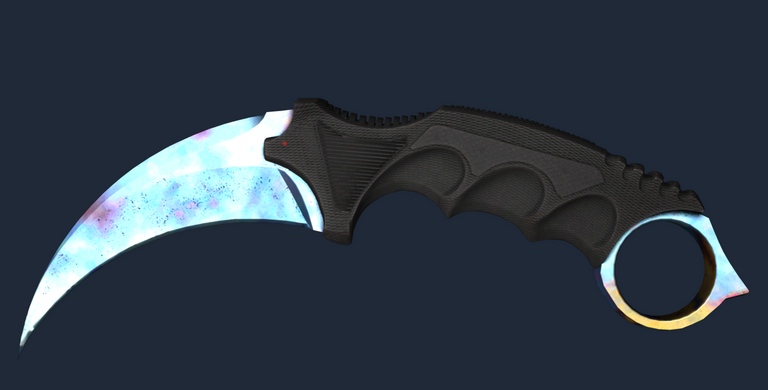
The Finish Catalog
Most skins only have a single finish catalog, but Doppler and Gamma Doppler skins have multiple possible finish catalogs. In the community, these are called “phases”. Each phase has a different color scheme and therefore also a different price. Some phases such as “Emerald”, “Ruby”, and “Sapphire” don’t just look awesome but are also rarer than other phases, making them extremely expensive.
Here’s a Phase 1 Doppler, which is pretty common and comparatively cheap:

And for comparison, here’s a Sapphire Doppler, which can be 10 times as expensive:

Stickers On The Skin
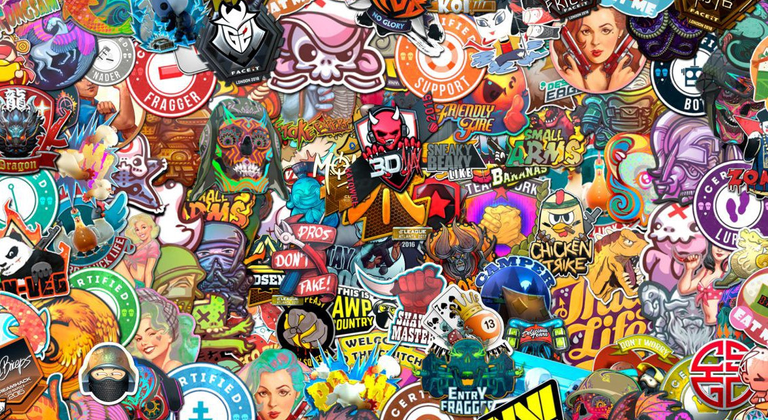
Another significant factor to consider is the stickers that are applied on a skin. Now, this is not to say that any sticker on any weapon skin will increase its price. The age and rarity of the stickers are crucial to consider when examining the price of a skin with any stickers applied. For example, stickers like team autographs and logos from tournaments that happened long ago when far fewer people were playing CS2, are much more desirable. Naturally, the already low supply of these stickers has been steadily decreasing over many years and this has caused the price of stickers, such as those from the Katowice 2014 major, to jump astronomically in price.
This rarity is not only the case with tournament stickers, however. Some stickers, such as the “Harp of War Holo” and the “Winged Defuser”, which were discontinued and removed from the game due to copyright issues, have become highly collectible and therefore much more expensive.
When it comes to expensive and sought-after stickers, they will always add value to any weapon skin they are applied on, but exactly how much value they add will be determined by its positioning on the skin. Collectors looking to buy skins with expensive stickers applied will always add a percentage of the total sticker value to the price of the skin, but the position of the stickers on the skin also affects how much they are willing to pay for the item. For example, on AWP weapon skins, the best position for any sticker is on the scope, and so an AWP skin with a Crown Foil sticker on the scope will be priced higher than the same skin with the same sticker applied in any other position.
Trade-Up Possibilities

There are a number of other influences on the price of CS2 skins. One such influence is a skin’s ability to be used effectively in a “trade up contract”. If a skin that is of the “restricted” or “classified” rarity comes from a collection or case that only has one option above it in rarity, using that skin in a trade-up contract will you give better odds to trade up to the weapon you are going for. There’s much less chance of a bad trade-up since there is only one tier above.
Discontinued Skins
Another factor that can affect the price of skins is if they get removed from the game because the supply instantly becomes finite. People will rush to purchase the skin which has been discontinued, leading to a steady growth in price that is sustained because of its unavailability.

The most famous example of this is the M4A4 Howl, which was added as a covert rarity skin into the Huntsman Case at its release in 2014. Not long after the release of the case, the skin design was found to have been stolen from another original design, and it was promptly removed from the game due to copyright issues. Valve then turned the rarity of the item to “contraband”, making it the only gun skin of this rarity in the entire game, and the price has been climbing ever since.
Different Skin Versions
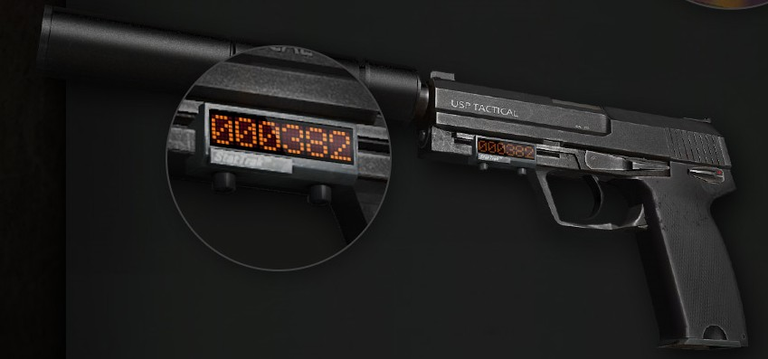
Of course, things like whether a weapon skin is “StatTrak” or “Souvenir” will also affect the price, but not as predictably as you might think. For example, an Emerald StatTrak M9 Gamma Doppler costs less than the non-StatTrak version, despite being significantly rarer. This is because the big spenders buying these high-tier items prefer a visually cleaner blade with no StatTrak counter engraved on it. This is mostly the case for high-tier items only though, and cheaper skins will generally cost more in StatTrak.
Don’t Forget Supply & Demand

While all of the factors we described do play a part in determining the price of skins, ultimately the price is most strongly linked to levels of supply and demand. In terms of supply, the age and rarity of the skin, and when it was first introduced into the game by Valve, counts for much.
Another thing to consider on the supply side is if the collection that the skin is from is still being actively dropped to players or if it is discontinued. Sought after skins from older, discontinued collections have proven to be wise investments in the long run.
On the demand side, I refer to the popularity among players for the weapon that the skin is on, as well as the popularity of the skin design itself. Naturally, a colorful AWP skin that is released at the same time as a dull AWP skin will outperform it in price as users tend to favor more eye-catching designs. It is also worth noting that because the player base is what determines the price on the community item market, the market is always vulnerable to market manipulation by big players using hype to inflate prices by buying up a large amount of the available supply and then selling when the price has reached a satisfactory high. Keep this in mind if you come across an item that has seen a sudden, large jump in price for no apparent reason.
Wrapping It Up
There is a multitude of complex and sometimes unpredictable factors at play that can influence the price of CS2 skins. The game’s skin economy is truly unlike any other and has maintained a steady growth rate since its launch in 2013. Unsurprisingly the market for skins is at an all-time high and, as history has shown, it will only continue to get bigger.

